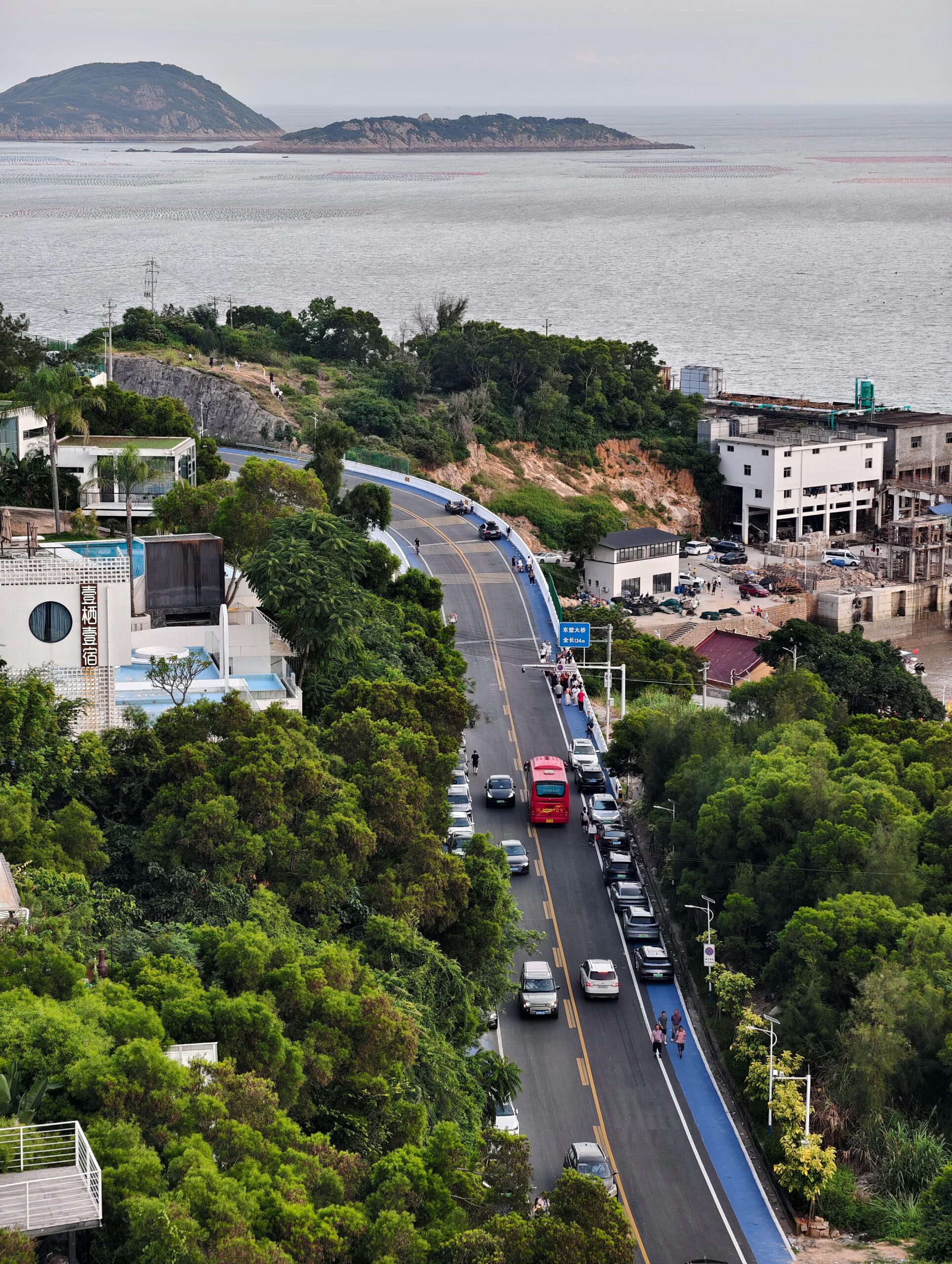
Ghaziabad’s Traffic Nightmare: Is Urban Planning a Lost Cause?
- admin
- September 26, 2025
- Development, Uttar Pradesh
- 0 Comments
Ghaziabad, 2025 – As one of the fastest-growing cities in the National Capital Region (NCR), Ghaziabad is grappling with severe traffic congestion. Rapid urbanization, a surge in vehicles, and outdated infrastructure have turned the city’s roads into a daily struggle for residents. Can Ghaziabad implement effective urban planning to address these challenges, or is the situation spiraling out of control?
The Scale of the Problem
A 2023 report by the Uttar Pradesh Urban Development Authority (UPUDA) highlights a 47% increase in registered vehicles over the past decade, with over 1.2 million vehicles now crowding the city’s roads. Many of these roads, originally designed decades ago, are unable to support the growing traffic. According to a study by the Central Road Research Institute (CRRI), commuters in Ghaziabad spend an average of 2 hours daily in traffic, resulting in an economic loss of nearly ₹200 crore annually.
Key bottlenecks like the Mohan Nagar intersection and Meerut Road experience daily gridlocks, made worse by limited public transportation options and unregulated commercial expansion.
Gaps in Urban Planning
Urban planning in Ghaziabad has struggled to keep up with the city’s rapid growth. The city’s Master Plan 2021 outlined projects like road widening, flyovers, and metro connectivity. While some progress has been made—such as the completion of the Hindon Elevated Road—many projects remain incomplete due to funding shortages and bureaucratic delays. A 2024 audit by the Comptroller and Auditor General (CAG) revealed that only 60% of planned infrastructure projects were completed on schedule.
The lack of coordination between the Ghaziabad Development Authority (GDA) and the Municipal Corporation has further hindered effective implementation of urban policies, leaving residents to bear the brunt of fragmented planning.
Environmental Impacts
The traffic crisis is not just an inconvenience; it also poses serious environmental risks. The Central Pollution Control Board (CPCB) reports that vehicular emissions account for 40% of Ghaziabad’s air pollution, with PM2.5 levels consistently above safe thresholds. The resulting health effects include higher rates of respiratory and cardiovascular diseases among the city’s population.
Perspectives from Residents
For many residents, the traffic situation is a daily source of stress. “We’re spending hours on the road with no end in sight,” says Ramesh Gupta, a local businessman. Aarti Verma, a commuter, points to the city’s lack of reliable public transportation: “The metro expansion is too slow, and the bus system is unreliable. Private vehicles are our only option, and that only adds to the congestion.”
Proposed Solutions
Urban planning experts propose a range of solutions to address Ghaziabad’s traffic challenges:
- Expanding Public Transportation: Accelerating metro and bus network expansions to reduce reliance on private vehicles.
- Implementing Smart Traffic Systems: Using AI-based technology to manage traffic flow and reduce congestion at critical intersections.
- Upgrading Infrastructure: Prioritizing projects like road widening, flyovers, and underpasses in high-traffic zones.
- Policy Reforms: Introducing congestion fees and incentivizing carpooling to encourage more sustainable commuting practices.
Looking Ahead
Ghaziabad’s traffic problems highlight the urgent need for cohesive urban planning and robust infrastructure investment. With proactive measures and greater collaboration among stakeholders, the city can create a more efficient and sustainable urban environment. Whether it succeeds or continues to struggle will depend on the political will and resources dedicated to addressing its growing pains.
References:
- Uttar Pradesh Urban Development Authority (UPUDA) Report, 2023
- Central Road Research Institute (CRRI) Study, 2023
- Comptroller and Auditor General (CAG) Audit, 2024
- Central Pollution Control Board (CPCB) Data, 2023
- Resident Interviews and Feedback, 2024


